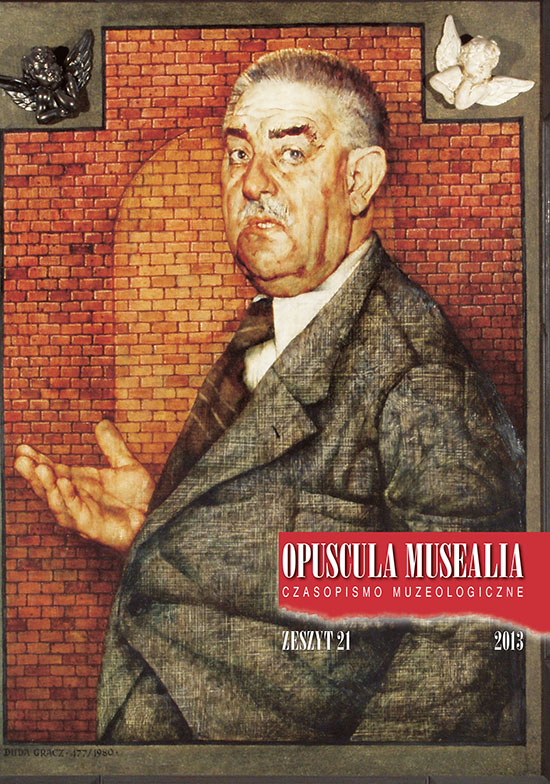Creating the Modern Museum: the Museum of Liverpool
Creating the Modern Museum: the Museum of Liverpool
Author(s): David FlemingSubject(s): Museology & Heritage Studies
Published by: Wydawnictwo Uniwersytetu Jagiellońskiego
Keywords: Stories; Dialogue; Emotion; identity;
Summary/Abstract: This paper looks at the processes employed to create the Museum of Liverpool. We wanted a museum that is story-led; relevant; that captures the personality of the people of Liverpool; that involves local people; that is full of dialogue, voices and emotion; that is flexible, intelligent, active; and which changes the way people think about the city and themselves; that is primarily for local people, not tourists.We believe we have set new standards for a city museum, created a new type of city museum: one that is democratic and emotional. It is full of opinion, of politics, of debate. It has broken a number of museum taboos. But it is a museum that is loved by the people of Liverpool.The Liverpool context is difficult, with high levels of poverty, and this is relevant to the creation of the museum. Over the last 200 years Liverpool has been transformed from one of the world’s richest cities to one of the poorest in Europe, though great wealth and extreme poverty have always coexisted among the city’s population. Through these experiences, Liver-pudlians have developed an attitude, one forged through diversity and change, opportunity and adversity. Liverpudlians see themselves as different, and independent, with a fair degree of scepticism for authority. Liverpool people – Liverpudlians – have a strong self-image. Economics, migration, location, events and a distinct cultural heritage have contributed to our identity.We at National Museums Liverpool feel that we have created a city museum that is also a human rights museum – on the grounds that urban life can be characterised as being detrimental to human rights, in terms of the inevitability of inequality and various forms of discrimination. The modern museum is a very different entity for the model that became so familiar to us in the 19th and 20th centuries.
Journal: Opuscula Musealia
- Issue Year: 2013
- Issue No: 21
- Page Range: 7-14
- Page Count: 8
- Language: English

